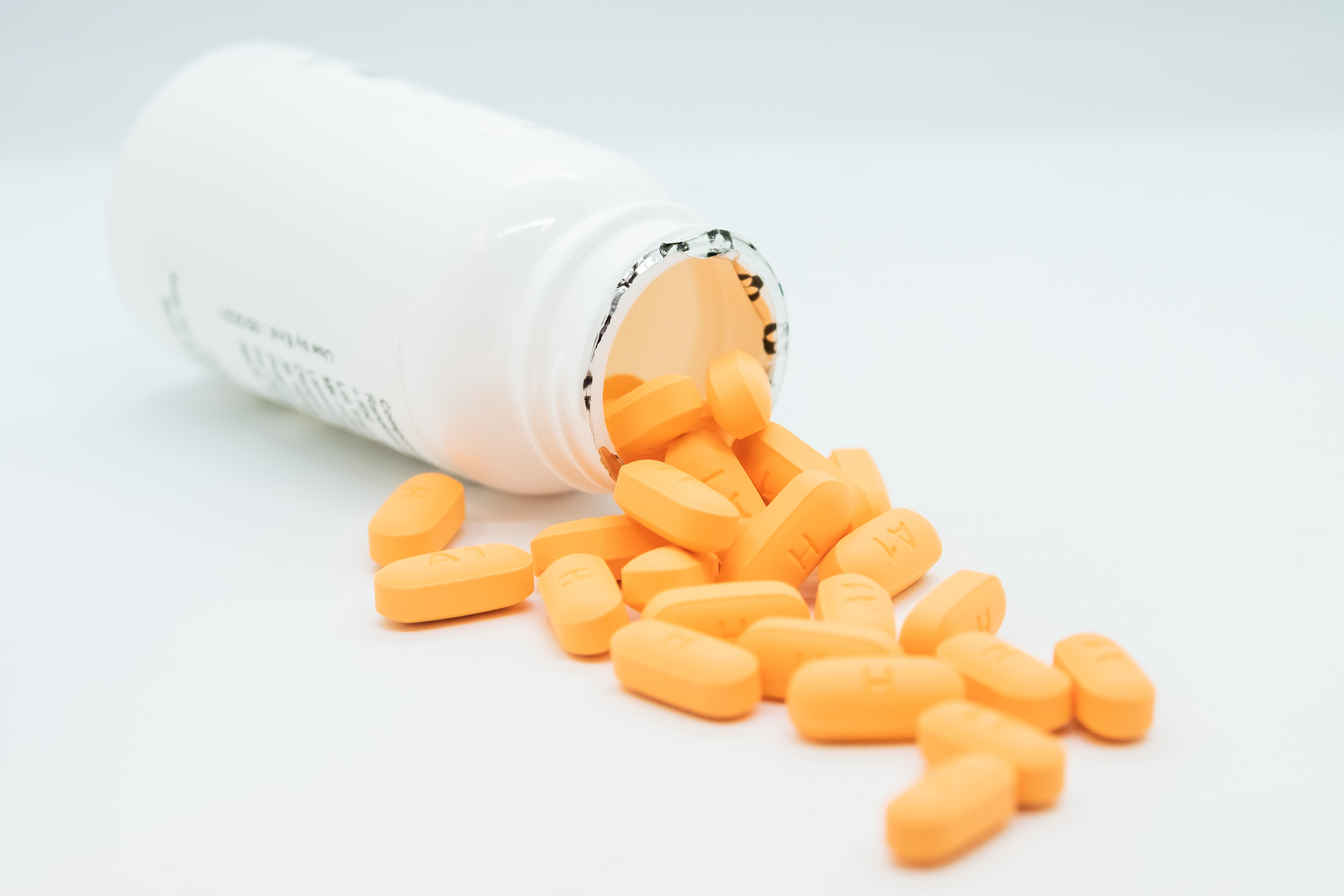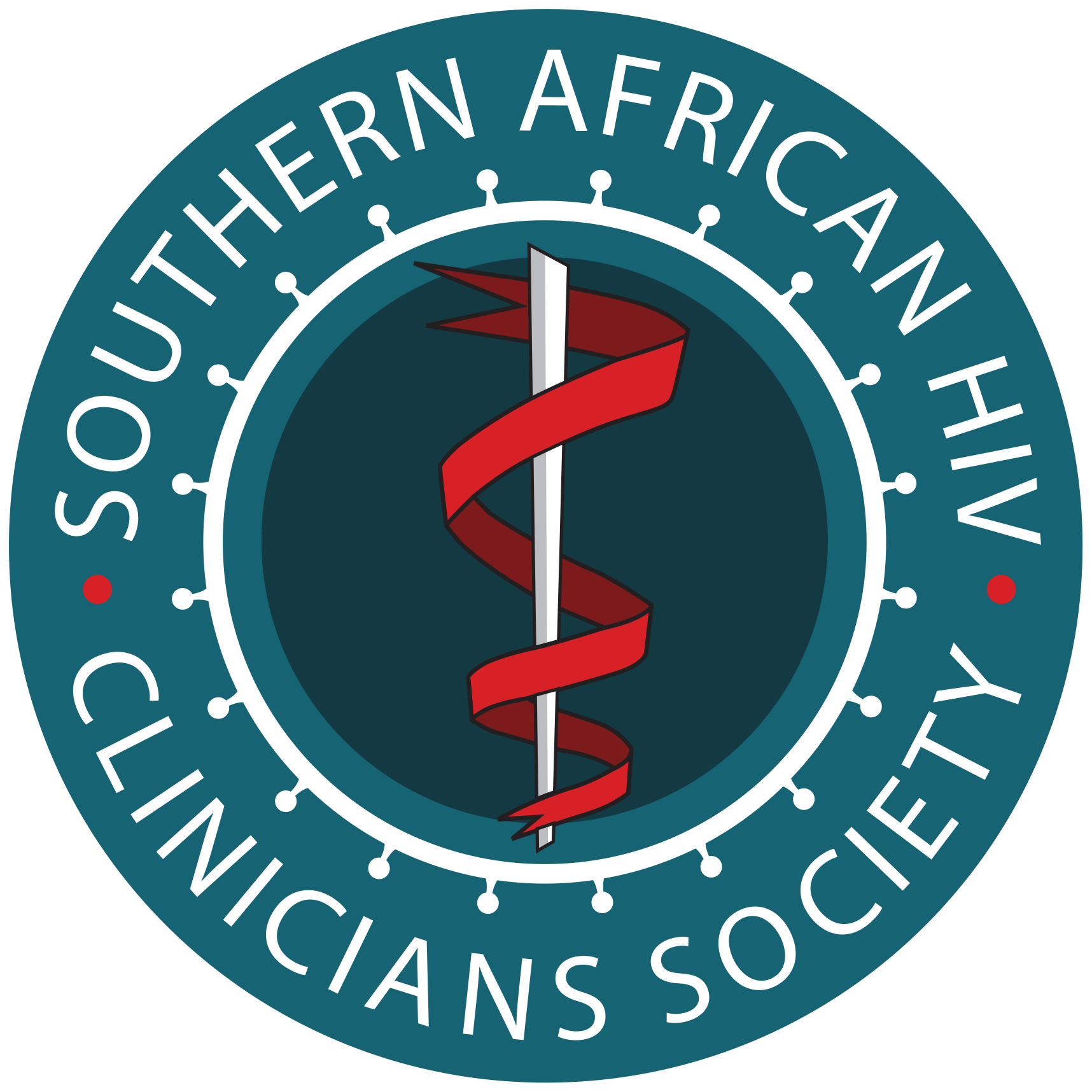ART Guidelines
References

This 2023 update to the Southern African HIV Clinicians Society guidelines for Antiretroviral Therapy in Adults reflects the changing treatment paradigms of the current era, specifically the consolidation towards dolutegravir- and darunavir-based treatment regimens, rather than efavirenz- or lopinavir-ritonavirbased ones.
Numerous other changes have also been incorporated to ensure that these guidelines remain up to date and helpful to the healthcare workers who use them. These include, but are not limited to:
- Recommendation to shift most patients to a dolutegravir-based regimen if possible (see modules 12-14).
- For patients requiring a protease inhibitor (PI), recommendation for darunavir as the PI of choice, and for lopinavir/ritonavir to only be considered where a PI is required to be coadministered with rifampicin-based tuberculosis treatment (see modules 5 and 13).
- New recommendations on the move away from routine use of zidovudine (AZT) in second-line therapy in favour of recycling tenofovir or, in patients with renal dysfunction, abacavir (see module 13).
- Advice on how to assess the increase in serum creatinine seen with dolutegravir/tenofovir fixed dose therapy (see module 3).
- Guidance on the role of tenofovir alafenamide; TAF (see modules 2 and 11).
- Inclusion of enhanced baseline screening for tuberculosis and sexually transmitted infections (see module 7)
- Expansion of the module on HIV and mental health (see module 22).
While many antiretroviral therapy (ART) guidelines are available internationally, the current guidelines have been written to address issues relevant to Southern Africa. Only treatment and diagnostic options available in Southern Africa are included. These guidelines also consider affordability, since countries in the region vary between low- and middle-income settings. We recognise the need to bridge the gap in treatment recommendations between public and private sector programmes, considering that many patients transition between the two sectors for treatment, and have borne this in mind when providing our own guidance.

